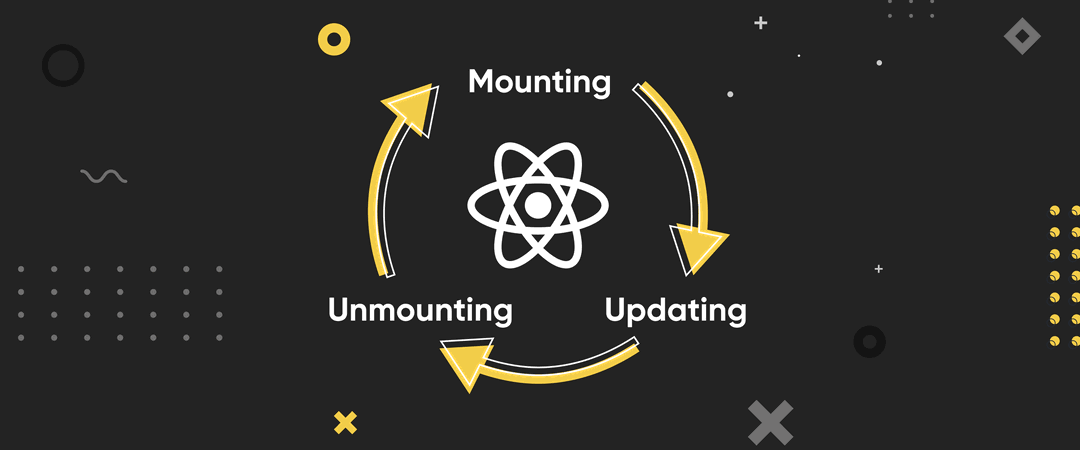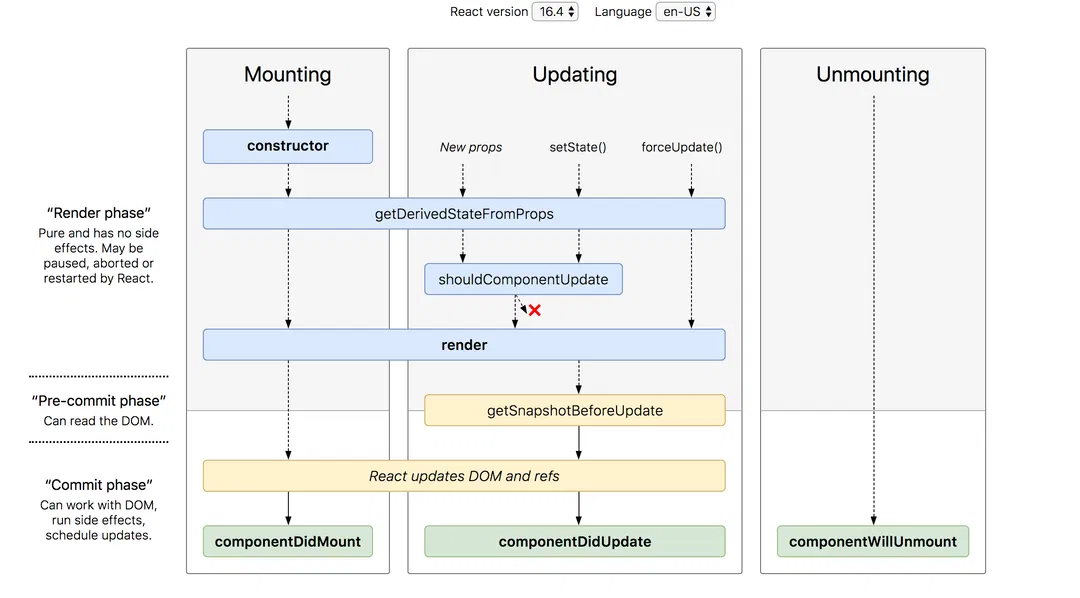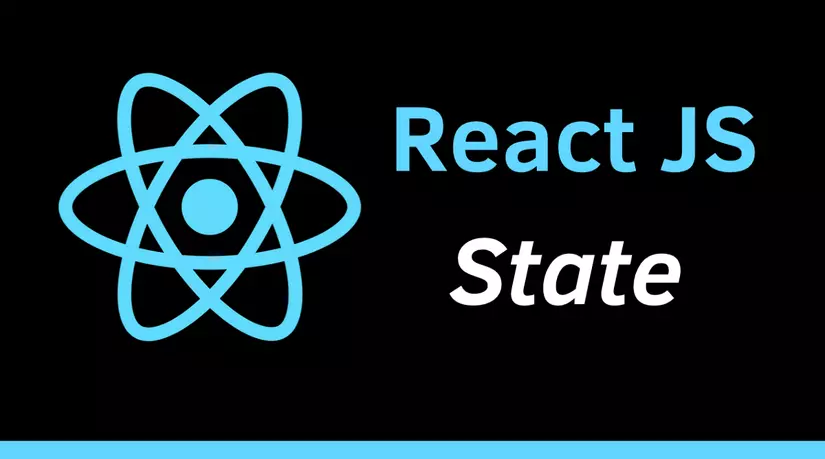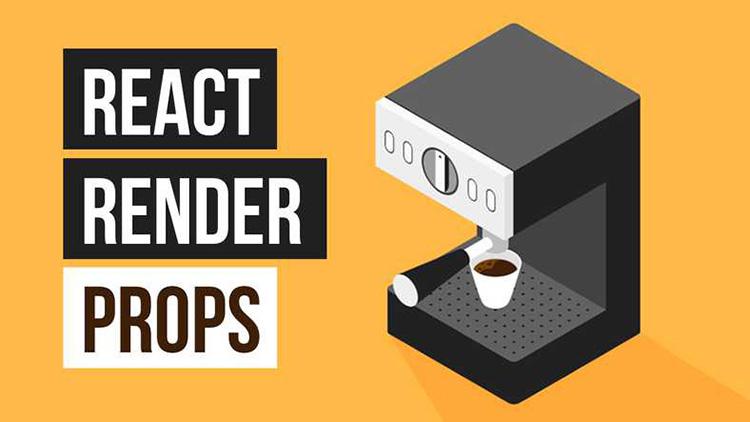Concept

LifeCycle is the life cycle of a component
LifeCycle helps us:
- Control information in the component through each stage
- Support intervention in handling Side Effect
- Increase application performance
Cycle of operation
LifeCycle is divided into 3 stages:

- Mounting
- Updating
- Unmounting
Mounting
The cycle will be executed when the component is integrated into the DOM
Constructor will be executed at the beginning of the cycle
ComponentDidMount will be executed when the cycle ends, it is the place to call API.
Updating
The cycle will be executed when the component is being updated.
The cycle will be activated when:
- Props changes
- State changes
ComponentDidUpdate will be executed when the cycle ends, usually used to handle logic when data changes.
Unmounting
The cycle will be executed when the component is removed from the DOM
ComponentWillUnmount will be executed when the lifecycle ends, usually used to cancel unnecessary tasks such as canceling subscriptions, removing event listeners, etc.
Example
import React from 'react';
class MyComponent extends React.Component {
constructor(props) {
super(props);
this.state = {
data: [],
};
}
componentDidMount() {
// Gọi API để lấy dữ liệu sau khi component được render lần đầu tiên
// và cập nhật state của component
fetch('https://api.example.com/data')
.then(response => response.json())
.then(data => this.setState({ data }))
.catch(error => console.log(error));
}
componentDidUpdate(prevProps, prevState) {
// Xử lý logic khi state hoặc props thay đổi
if (prevState.data !== this.state.data) {
console.log('Data has been updated');
}
}
componentWillUnmount() {
// Hủy các tác vụ không cần thiết trước khi component bị xoá khỏi DOM
// Như hủy các subscription, định bịnh các event listener, v.v.
}
render() {
return (
<div>
{/* Hiển thị dữ liệu */}
{this.state.data.map(item => (
<p key={item.id}>{item.name}</p>
))}
</div>
);
}
}
export default MyComponent;

